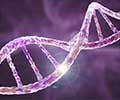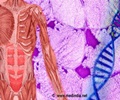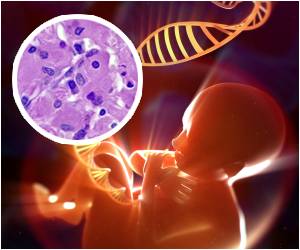Study says older people with acute myeloid leukemia have a higher risk of recurrence if they have mutations in a gene called ASXL1

Bloomfield and her colleagues found that patients age 60 and older with CN-AML and ASXL1 mutations had significantly shorter survival than patients with the normal gene – only 5 percent of patients with the mutation were alive after 3 years, compared to 23 percent of patients without the mutation. Complete remission rates were also significantly lower, at 53 percent for patients with vs. 71 percent for patients without the mutation. The findings were presented at the 53rd Annual Meeting of the American Society of Hematology. The study's first author, Klaus H. Metzeler, MD, a research fellow at the OSUCCC – James, also received an "Abstract Achievement Award" in recognition of his novel and clinically relevant work. At the same time, the results were published in the Society's official journal, Blood."Mutations in the ASXL1 gene appear to be an important marker of poor prognosis in older AML patients," says Bloomfield, who was also Metzeler's mentor. "Importantly, their negative impact was greatest in patients who, based on established genetic markers, would be expected to have favorable outcomes. "Mutations in ASXL1 therefore identify a previously unknown high-risk subgroup among older AML patients," Bloomfield notes. "These patients do not do well with our current standard therapy, and therefore might be candidates for treatment with novel drugs in a clinical trial." The retrospective study involved 423 patients aged 18 to 83 years with CN-AML who were treated on clinical trials.The researchers focused on patients aged 60 years and older after discovering that ASXL1 mutations were five times more common in that age group compared with younger patients.The study also identified the first gene-expression signature associated with this mutated gene in CN-AML, which may provide useful insight into the biology of ASXL1-mutated AML and help design novel treatment approaches for this high-risk group of older patients.
Source-Eurekalert














